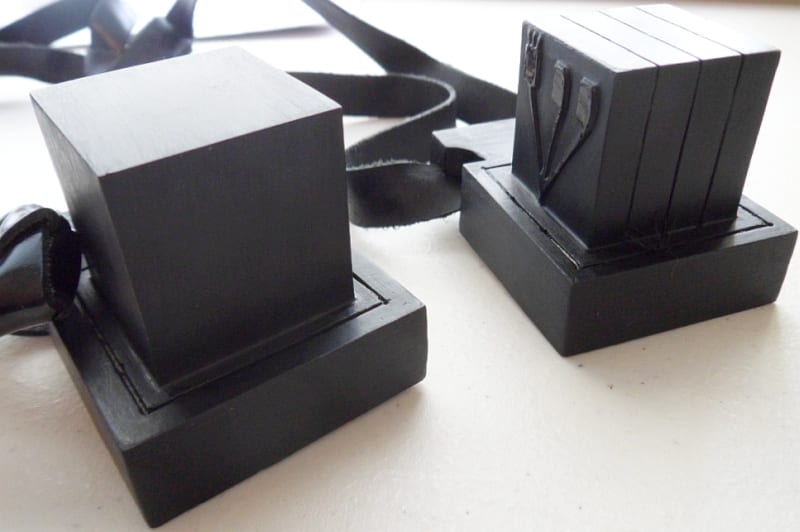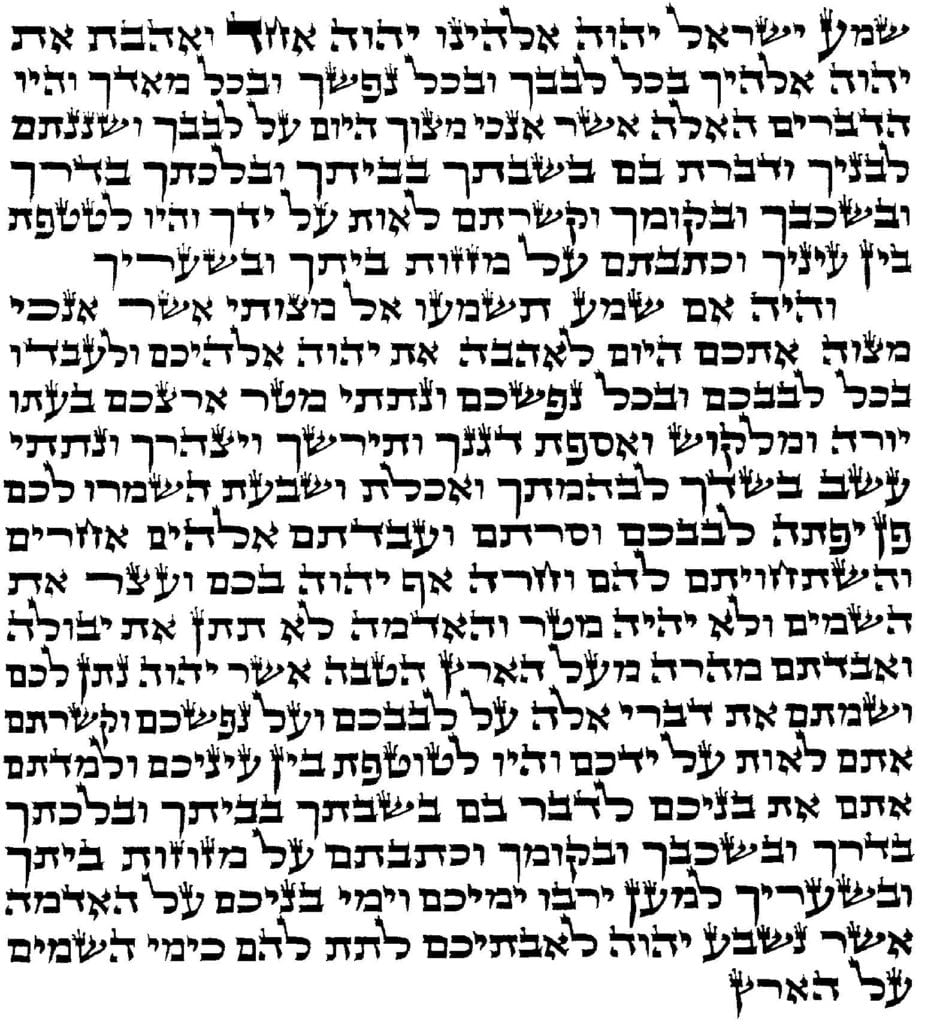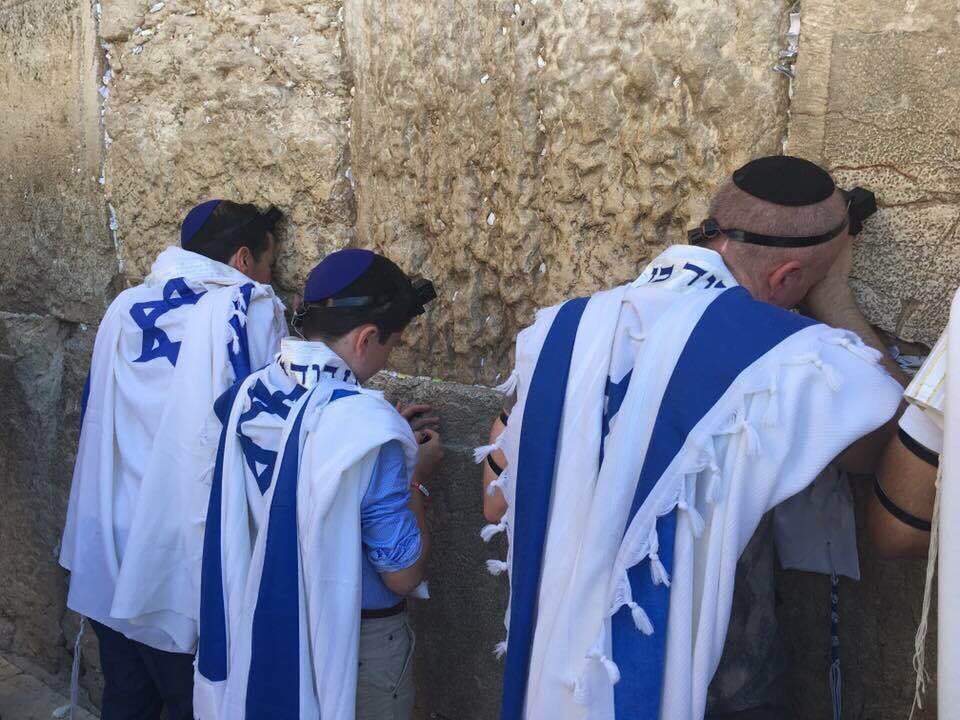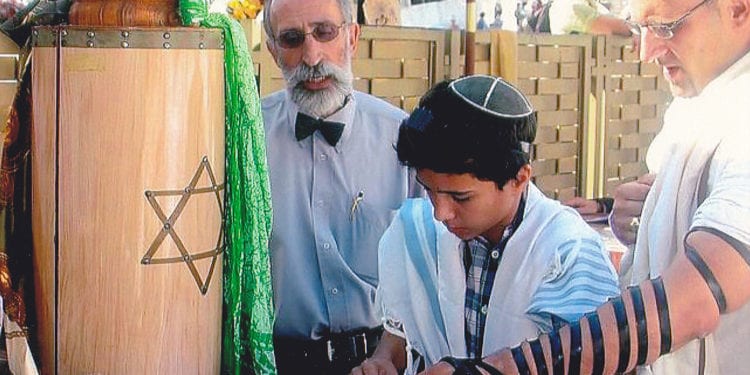Just like any other religion in this world, to practice Judaism you need to have access to several ceremonial items, ritual garments, special utensils, and a lot more objects if you want to properly express your belief.
Keep in mind, many of these items may just be traditional or cultural and not related to what was in the Bible although there are also items that are very important because they have been mentioned in the Bible. Most Jewish people believe that traditional ones are not so important than the ones recorded in the Bible. For example, both the tefillin and the mezuzah have been historically recorded as very important while the Star of David is believed to be completely traditional, shared from generation to generation.
If you want to get to know more about the Jewish culture, tradition, and religion, you should find out the meaning of all of the Jewish objects.
White Robe, Kittel

This white linen robe is mostly worn by Jewish men in more special situations to signify new beginnings or purity. Traditionally, the first time a man needs to wear a Kittel is during his wedding and after that, the man may wear it on some Jewish holidays such as Passover and Rosh Hashanah. It is also often what most men wear during their burial.
Jewish people believe that the white color on this robe is what represents humility and holiness. This is because the High Priest had to wear a simple white linen clothing when entering the Holy of Holies or God wouldn’t accept. This is why traditionally, the people take off all of their complicated, decorated and expensive clothing and wear simple white Kittel on holidays.
However, there is no true law whether a Kittle must be worn during these holidays, however, it has stayed through years and years of tradition that even women today dress in white. The outfits that women wear during the holidays are not Kittel, but they certainly are white. Sometimes, other religious objects are also replaced with a white version.
Naturally, the women during a wedding wear a white wedding dress that represents purity, so to match the bride during this special day, the groom has to wear a Kittel too.
The two black boxes, Tefillin

Phylacteries are the two boxes made from leather that are worn on the forehead and the left arm. Even though there is no certain rule about whether women can wear tefillin too, it is mostly worn by men. While it is still not certain whether the Torah should be understood literally about tefillin, years of tradition have led to Jews wearing these leather straps and boxes on their arm and foreheads. “And you shall bind them as a sign on your arm, and they shall be as frontlets on your head between your eyes.” You can find these at jewish.shop that state when the tefillin are not in used, they must be kept safe somehow, so consider getting a plastic box where you can store it. You can also place it into a silk or velvet bag to avoid scratching the leather.
To properly wear tefillin, you must place one box on your biceps and run the leather strap around your arm. By traditional rules, the strap should reach your fingers, however, reaching the palm is enough too. If you are left-handed, then the box goes on the right arm and if you are right-handed then the box goes on the left one. The next step is to put the other box at the center of your forehead and then tie up at the back of your head with the strap.
After the tefillin is properly adjusted, blessings need to be recited while wearing it. After the whole morning service ends, you may remove both the box on the arm and the one on your forehead.
By following the laws and rules of Jewish traditions, tefillin must be completely handcrafted and kosher which is why the price of such items can reach up to thousands of US dollars.
Mezuzah Parchment

A mezuzah is a small piece of parchment that is inscribed with various verses from the Torah usually written in Hebrew. The parchment is then placed into a decorative case called and then placed on the doorway of a house. Some Jewish people that a mezuzah has to be placed in every single doorway inside of a home. Without a mezuzah, it is believed that a mitzvah cannot be properly fulfilled. The Hebrew verses from the Torah need to be written in black ink with a special quill that’s made from a feather.
Sometimes, the mezuzah can be interpreted as the scroll that is inside the decorative case which attaches to a doorpost and not as the whole package.
The same rules and regulations that apply to the Torah scroll must also be applied to a mezuzah scroll. It must not be written digitally and printed, neither can it be written by a regular pencil or a pen with regular ink. To properly fulfill the commandment, an educated scribe must write every single line of the verse with a quill. Another important thing to note is that the scroll must also come from a kosher animal, usually a goat or a lamb.
The ink that is used for scrolls must also be kosher. Not only has to be kosher but it must be black. And by black, we mean an ink that will stay black after hundreds of years on a scroll. If the color cannot stay black after a few years, it means that is not kosher, so the commandment cannot be fulfilled. There are many different types of kosher ink, so make sure you do proper research before you buy one.
Other Jewish ceremonial objects

- Tallit
A shawl that must be worn during morning services by Jews or on holidays.
A half wig worn by women to cover their hair because of Jewish Law
- Kippah
A cloth hat worn by Jewish men to fulfill the regulation that the head must be covered.




